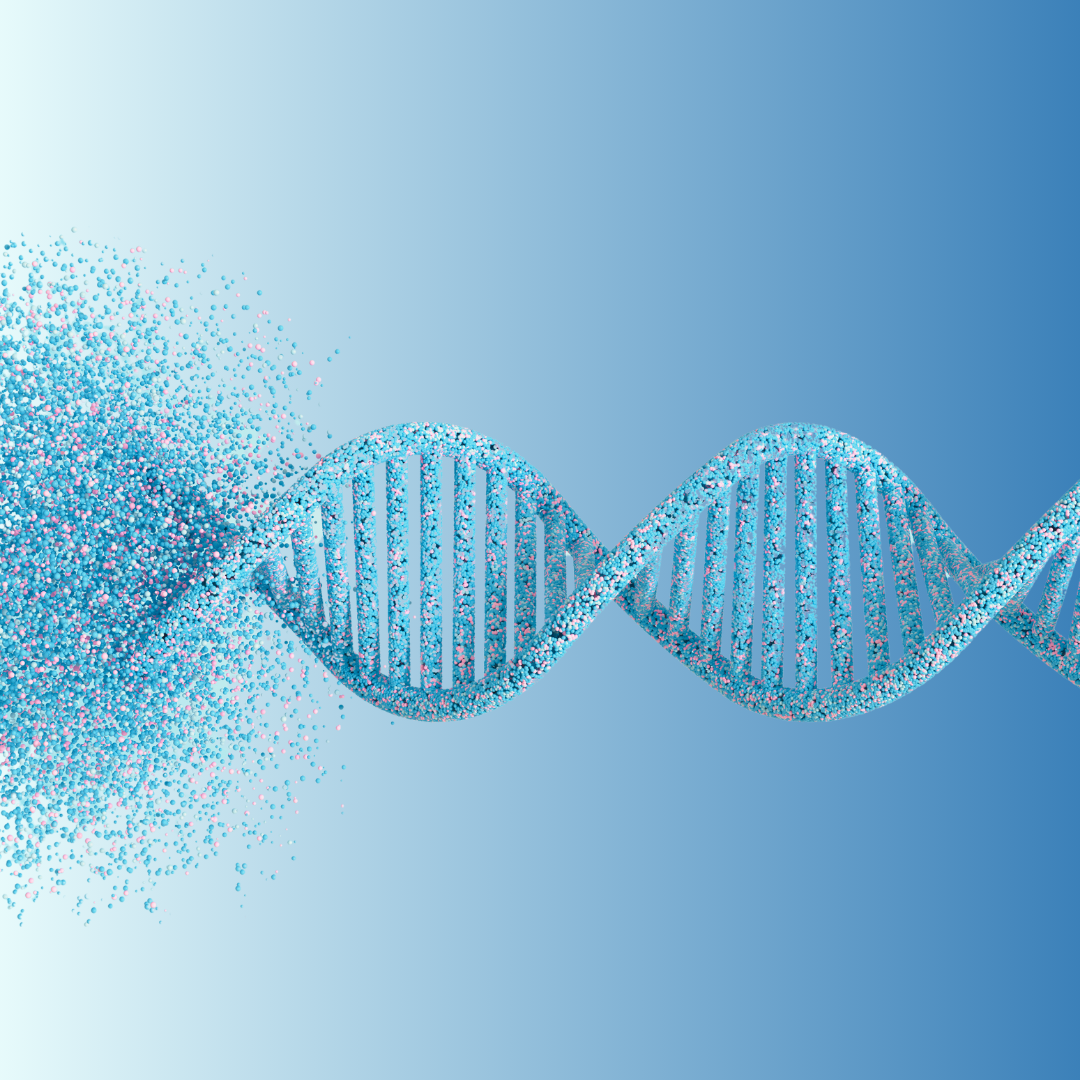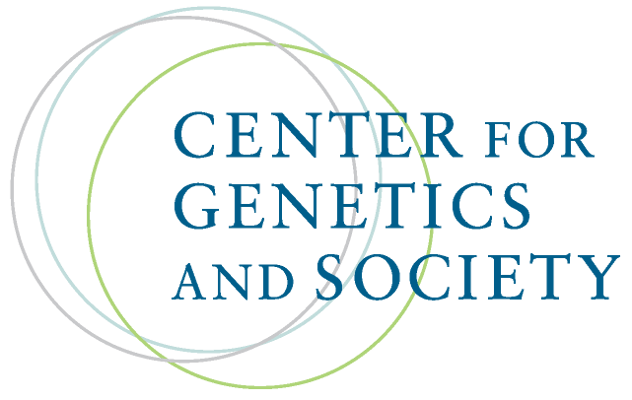Aggregated News

On 24 February 1975, some 150 people met at the Asilomar Conference Grounds near Monterey on the Californian coast. They were mostly scientists from the United States, together with representatives of various companies and government agencies, and 16 journalists. Their subject was the new technology of recombinant DNA — molecules created in a laboratory by stitching together genetic material from different organisms. Researchers were excited by the possibilities for discoveries, and the potential of the technique to produce drugs, for example using specially engineered bacteria to make insulin. But they were also terrified that they might inadvertently create diseases that could infect lab workers and the wider community.
By the end of the meeting, its participants had agreed to adopt biosafety protocols that are still in force in the United States, and which have hugely influenced similar regulations worldwide. The meeting has become known simply as Asilomar, a byword for how a scientific community came together to forge consensus on a thorny topic. It is often held up as an example of how science can self-regulate without the involvement of...



